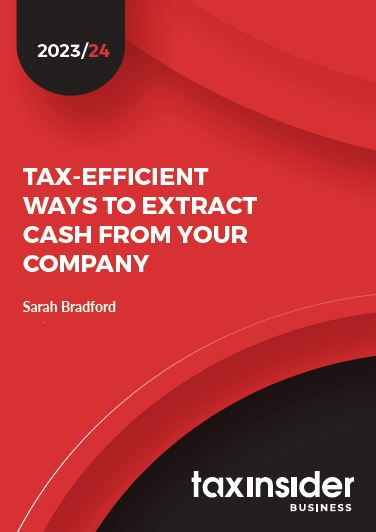
For more in depth discussion on this important area of business taxation, please see our report report ‘Tax Efficient Ways To Extract Cash From Your Company’.
It has taken a long time; but from 6 April 2023, the rate of tax on dividends will increase such that there is now near parity between taking a salary versus dividends.
As from that date, the additional rate of income tax will apply to income above £125,140 (45% tax rate for most income) rather than starting at £150,000. At least the chancellor left the dividend tax rates alone at:
- Basic rate 8.75%
- Higher rate 33.75%
-
Additional rate 39.35%
Which tax year?
The change in tax band level means that some directors may find themselves slipping into the higher tax rate band after the change date, whereas they may have been basic rate taxpayers before the change. This may be particularly relevant should the director have other income which then pushes a dividend into a higher-rate tax band, as dividends are generally taxed at the highest band of income.
In such circumstances, the changes may bring with it a 'one-off' opportunity for tax planning with the bringing forward of dividend payments to 2022/23 rather than 2023/24. Any tax due will be accelerated as well, but this might be worthwhile to save the tax.
Timing trap
Even if the company's year-end is after 5 April 2022, the company's directors can vote for an 'interim' dividend on (say) 31 March 2022, which will be regarded as being taxable when actually paid, namely in the tax year 2021/22. A final dividend normally being regarded as 'due and payable' (and so taxable) when it is declared, rather than when actually paid.
Problems may arise should one shareholder with the same type of share (e.g., both having 'ordinary shares') wish to be taxed in 2022/23 (e.g., because they are a basic rate taxpayer) and one not (as they may be a higher rate taxpayer in 2022/23 although not 2023/24 but still need to take a dividend).
Normally, this problem can be settled with the use of alphabet shares but, importantly, the recent tax case Gould v HMRC [2022] UKFTT 431 (TC) confirmed that such an arrangement may not be required. The tribunal was asked to rule on whether an interim dividend paid by a company to its shareholders should be treated as paid for tax purposes to one shareholder on an earlier date than one paid to another shareholder, rather than the actual payment date.
In this case, HMRC argued that the dividend became due and payable when one director received his dividend, as at that point the other director could enforce the payment of his dividend. However, the tribunal confirmed that while final dividends are declared and paid, interim dividends are merely paid. As such, the second director had effectively waived his (assumed) right to be paid on the same date as the other director, so no obligation existed.
With such arrangements, it is always better to have agreements in writing to ensure no misunderstandings arise.
Practical tip
Even if the company has realised profits available for distribution (‘profits’ in this instance being ‘accumulated realised profits less....accumulated, realised losses’, directors should consider the practical consequences that might arise from paying dividends, including the impact on the company’s cashflow. Any future loan repayment obligations need to be taken into account, and perhaps also whether the company will still be solvent following a proposed dividend or other distribution.




